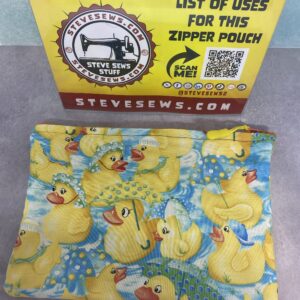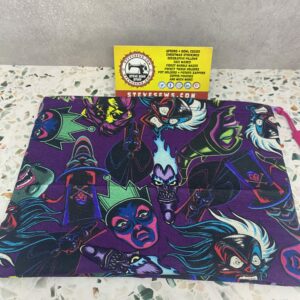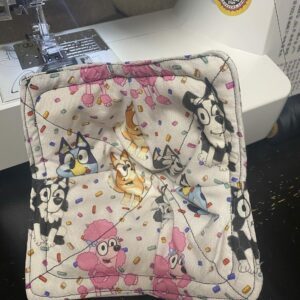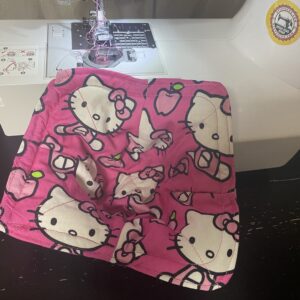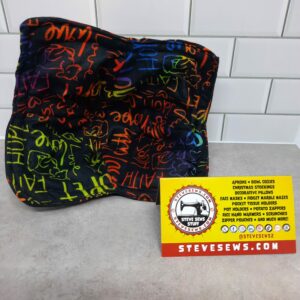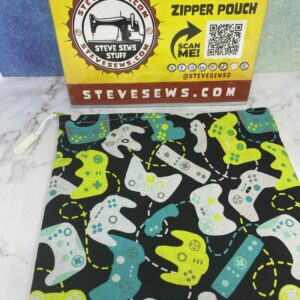Starching fabric is a process used to add stiffness and body to your fabric. It is commonly done to create crisp, well-defined shapes in clothing, linens, and crafts. Here’s a step-by-step guide on how to starch your fabric:
Starching fabric is a process used to add stiffness and body to your fabric
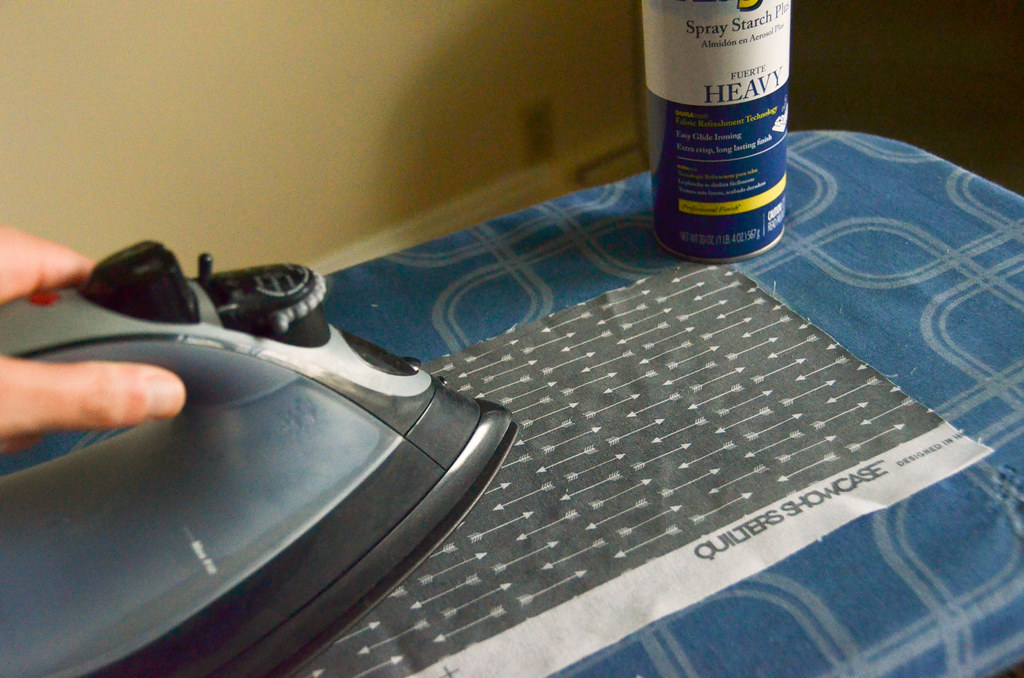
Gather your supplies: You will need fabric starch (available in liquid, spray, or powder form), a spray bottle (if using liquid or powder starch), a mixing bowl (if using powdered starch), an iron, and clean water.
Read the instructions: Different starch products may have specific instructions and recommended dilution ratios. Make sure to read the instructions provided with your starch to understand any special requirements.
Preparing liquid or powdered starch: If you’re using liquid starch, it’s usually ready to use directly from the bottle. If you’re using powdered starch, mix it with clean water according to the instructions provided. Stir well to dissolve any clumps.
Test on a small area: Before applying starch to the entire fabric, it’s a good idea to test it on a small, inconspicuous area. This will ensure that the starch doesn’t discolor or damage the fabric.
Prepare the fabric: Make sure the fabric is clean and dry before starching. Remove any wrinkles by ironing it beforehand.
Apply starch: There are a few different methods you can use to apply starch to your fabric:
Spray method: Fill a clean spray bottle with liquid starch or a diluted mixture. Hold the spray bottle about 6-8 inches away from the fabric and mist it evenly. Avoid saturating the fabric; a light, even application is sufficient.
Dip method: Pour liquid starch or the diluted mixture into a bowl. Dip the fabric into the bowl, fully immersing it. Gently squeeze out the excess starch.
Brush method: If using powdered starch, you can brush it onto the fabric using a clean, soft-bristled brush. Dip the brush into the starch mixture, tap off any excess, and brush it onto the fabric in even strokes.
Spread and smooth: After applying the starch, gently spread the fabric out on a clean, flat surface. Smooth out any wrinkles or bubbles using your hands or a clean, lint-free cloth.
Let it dry: Allow the fabric to air dry completely. This may take a few hours, depending on the humidity and the fabric type. Avoid using excessive heat or direct sunlight for drying, as it can cause uneven drying and potential damage.
Ironing: Once the fabric is dry, iron it to set the starch and achieve the desired stiffness. Set your iron to the appropriate heat setting for the fabric type, and press the iron firmly but gently over the fabric. Move the iron in straight motions, following the grain of the fabric. Repeat as needed until the fabric is crisp and stiff.
Water is a common and widely used liquid for starching fabric. It is readily available and safe to use on most fabrics.
On the other hand, vodka is not typically used as a liquid for starching fabric. While vodka is sometimes suggested as a homemade alternative to remove odors from fabric, it does not have the same starching properties as traditional starch products or water. It is not known to provide stiffness or body to fabric when used alone.
If you are looking for a liquid to starch your fabric, water is a suitable choice. It is effective for most starching needs and is easy to work with.
When it comes to starching fabric, there are various liquids you can use, depending on your preference and availability. Here are a few common options:
- Commercial liquid fabric starch: You can find liquid fabric starch products in most supermarkets or fabric stores. They are specifically designed for starching fabric and are often ready to use without dilution.
- Homemade starch solution: If you prefer a DIY approach, you can make your own starch solution using common household ingredients. A popular homemade starch recipe involves mixing cornstarch or rice flour with water. Start by dissolving 1-2 tablespoons of cornstarch or rice flour in a cup of cold water, stirring well to remove any lumps. Then, heat the mixture on the stove, stirring constantly until it thickens to a consistency you desire. Let it cool before using it on fabric.
- Laundry starch spray: Some laundry starch sprays are available in stores. These sprays contain starch along with other ingredients that help distribute the starch evenly. Follow the instructions on the spray bottle for proper usage.
- Liquid laundry detergent: In some cases, diluted liquid laundry detergent can be used as a substitute for liquid fabric starch. Mix a small amount of liquid detergent with water according to the instructions on the detergent bottle, and use it to starch your fabric.
It’s important to note that the effectiveness and stiffness of the starch can vary depending on the type of liquid used. Additionally, different fabrics may react differently to different starching solutions, so it’s always a good idea to test a small area before applying it to the entire fabric.
Remember, it’s always a good idea to refer to the specific instructions provided with your chosen starch product for the best results.
Upcoming Events
This is a list of the upcoming events that Steve Sews will be at. If you know of one in the East Tennessee area, let me know.
None at this time. Check back later.
Meet …
Meet the staff and/or equipment for Steve Sews.
- Brother Stitch (Current Sewing Machine)
- Forge (Circuit)
- Interns
- Lovees (Stuffed Animals)
- Mendi (My Wife’s Sewing Machine)
- Rosie (Antique Sewing Machine)
- Steve (Steve himself)
- The Masked Bandit (Steve’s older Sewing Machine)
- Trainees
- Van the T-Rex (Helper)
- Zee (Face Mask Model)

SUBSCRIBE TODAY!
Don’t miss a single blog post about sewing, quilting, crafts, and recipes! Plus so much more!

Follow on WordPress
Follow Steve Sews Stuff on WordPress.comFollow Steve Sews Stuff on Social Media:
You can also choose to follow Steve Sews Stuff most social media as well. (@SteveSews2)
Below are some examples of blog entries from all blogs that I do. (Courageous Christian Father, Steve Sews Stuff and SteveZ DesignZ).
Recent Feed of All of Steve’s Blogs
Recent Posts on Steve Sews
Below is a list of the most recent blog posts found on Steve Sews for you to check out.
Clipart: Unsplash, Pixabay, Pexels, Openverse, Adobe Express, Adobe Stock, FreePik, MetroCreative, Wonder AI, Algo AI and more. This site uses Amazon Affiliate Ads & Google Ads.



